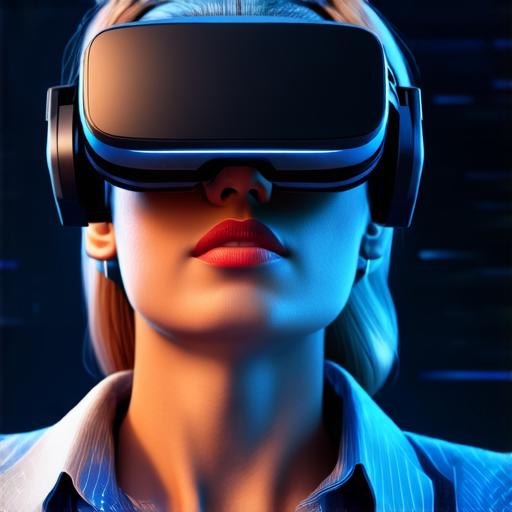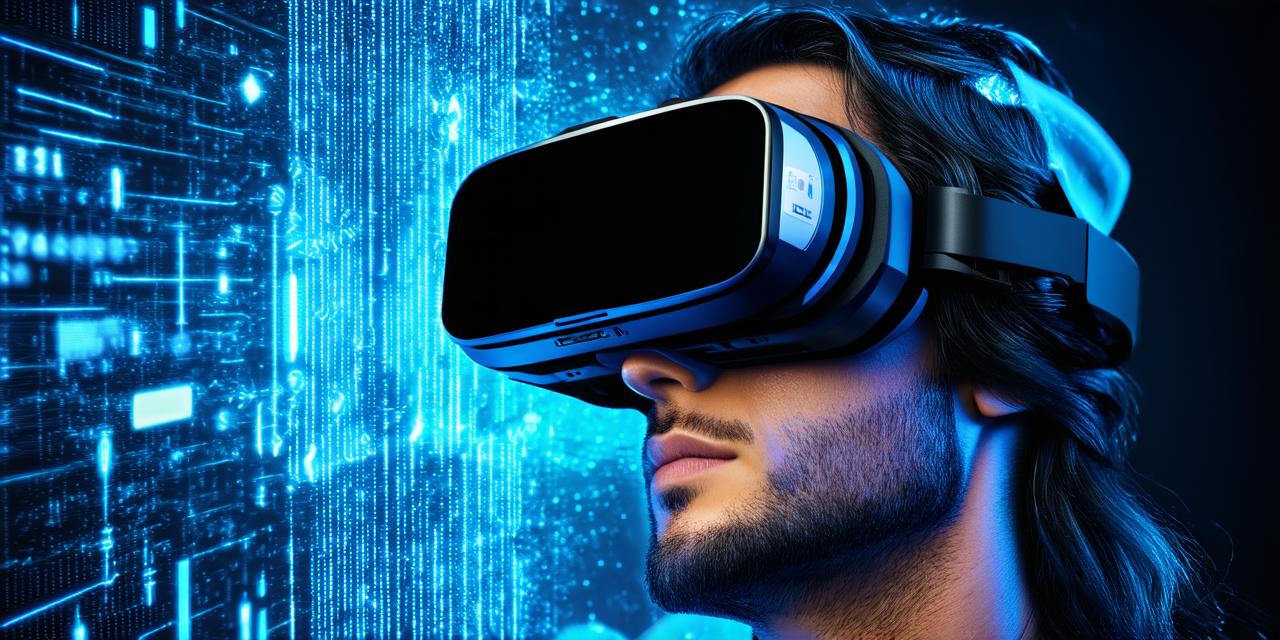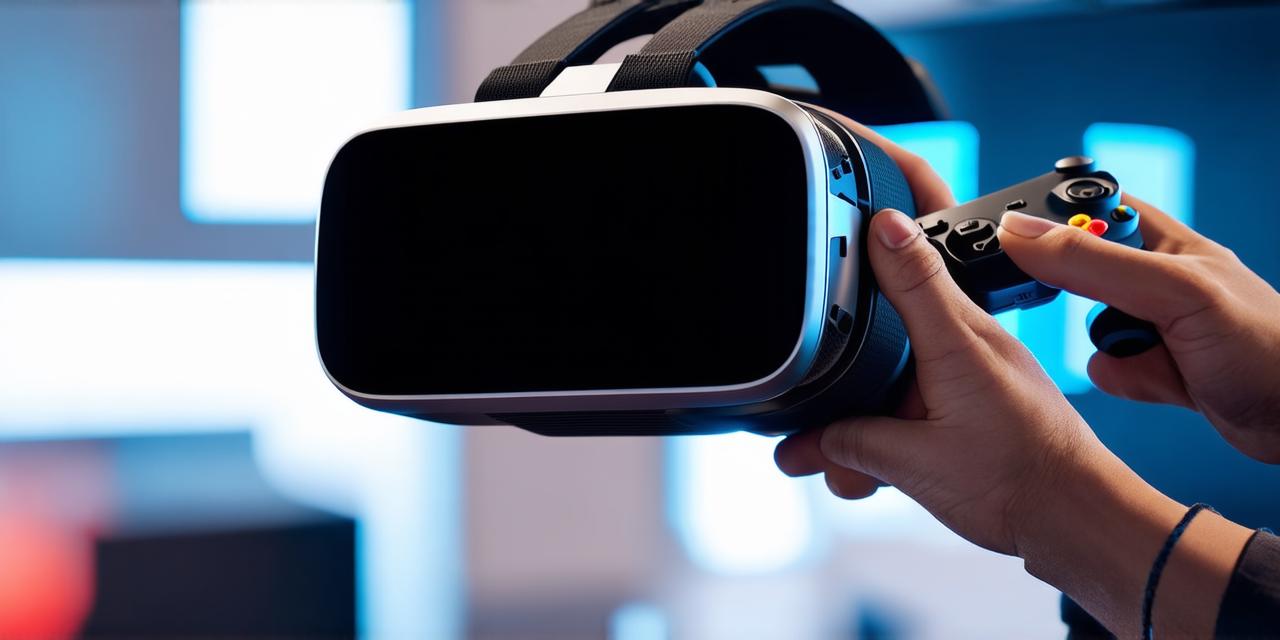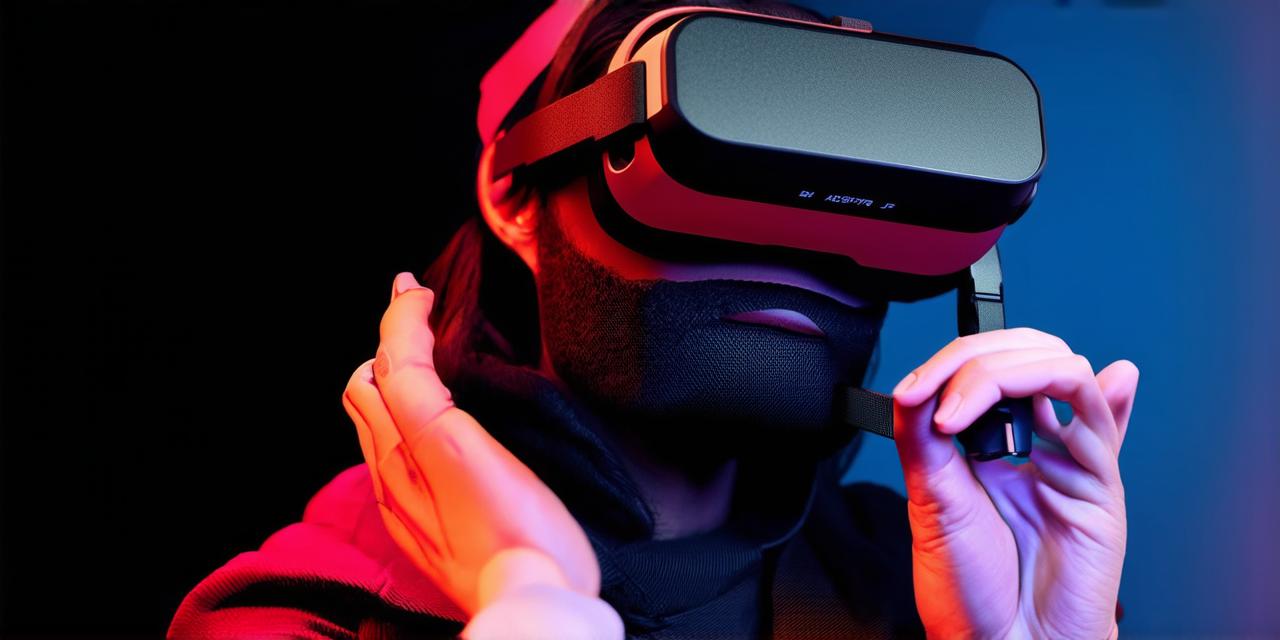How does virtual reality exposure therapy work?
VR exposure therapy typically involves three main components: exposure, response prevention, and shaping. The goal is to gradually expose individuals to the feared stimuli while preventing them from taking action that might worsen their symptoms.
This can be achieved through a variety of techniques, including cognitive restructuring, relaxation training, and desensitization.
One common technique used in VR exposure therapy is flooding, which involves exposing the individual to the feared stimuli all at once. This can be done in a virtual environment that simulates the real-life situation, such as a flying phobia treatment where the patient is placed in a VR headset and experiences the feeling of flying from the ground up to the sky.
Another technique is gradual exposure, which involves exposing the individual to the feared stimuli in small doses over time. This can be done by starting with less intense situations and gradually increasing the level of exposure as the individual becomes more comfortable. For example, a person with a fear of spiders might start by watching a video of a small spider before gradually moving on to larger and more threatening creatures.
The third component of VR exposure therapy is response prevention. This involves preventing the individual from taking action that might worsen their symptoms in response to the feared stimuli. For example, if a person has a fear of heights, they might be prevented from jumping or leaning over while on a virtual balcony.
The final component of VR exposure therapy is shaping. This involves using positive reinforcement to encourage the individual to continue with treatment and overcome their fears. For example, the therapist might praise the patient for completing a particularly difficult exposure session.
Benefits of virtual reality exposure therapy
VR exposure therapy has been shown to be highly effective in treating a range of mental health disorders, including anxiety, phobias, PTSD, and depression. One key benefit is that it allows individuals to confront their fears in a safe and controlled environment.
Another benefit of VR exposure therapy is that it can be highly personalized. Each treatment session can be tailored to the individual’s specific needs and preferences, allowing them to gradually overcome their fears at their own pace.

In addition, VR exposure therapy can be highly cost-effective in the long run. While it may require an initial investment in equipment and training, the long-term benefits can far outweigh the costs. VR exposure therapy can help individuals overcome their fears and improve their mental health, which can have a positive impact on their overall wellbeing and quality of life.
Real-life examples
There are many real-life examples of how VR exposure therapy has been used to treat mental health disorders. One example is a study published in the journal Frontiers in Psychology, which found that VR exposure therapy was highly effective in treating social anxiety disorder. In the study, participants were exposed to virtual scenarios that simulated social situations such as public speaking and meeting new people. Over the course of 12 sessions, participants’ anxiety levels decreased significantly.
Another example is a study published in the journal JAMA Psychiatry, which found that VR exposure therapy was highly effective in treating PTSD in veterans. In the study, veterans were exposed to virtual scenarios that simulated battlefield experiences, such as being ambushed or landing on a helicopter in combat. Over the course of 12 sessions, participants’ symptoms decreased significantly.
Case study: Using VR exposure therapy to treat fear of flying
One case study that illustrates the effectiveness of VR exposure therapy is the use of virtual reality simulations to treat a fear of flying (aophobia). A study published in the Journal of Affective Disorders found that VR exposure therapy was highly effective in reducing symptoms of aophobia. In the study, participants were exposed to virtual scenarios that simulated air travel, including takeoff, turbulence, and landing. Over the course of 12 sessions, participants’ anxiety levels decreased significantly.
One participant in the study described her experience with VR exposure therapy as life-changing. “I never thought I would be able to fly again, but thanks to this treatment, I can now travel by plane without any fear,” she said. “It was like a weight had been lifted from me.”
FAQs
1. Is virtual reality exposure therapy safe?
Yes, VR exposure therapy is generally considered safe when performed under the guidance of a qualified therapist. While some individuals may experience discomfort or distress during treatment, these symptoms are typically temporary and can be managed with support and guidance from the therapist.
2. How many sessions of VR exposure therapy are needed to see results?
The number of sessions needed for VR exposure therapy varies depending on the individual’s specific needs and preferences. Some people may see results after just a few sessions, while others may require more extensive treatment over several months.
3. Is virtual reality exposure therapy covered by insurance?
VR exposure therapy is typically covered by most major health insurance plans, although coverage can vary depending on the plan and provider. It’s always best to check with your insurance provider to determine what services are covered.
4. Can VR exposure therapy be used for other mental health disorders?
Yes, VR exposure therapy has been shown to be effective in treating a range of mental health disorders, including anxiety, phobias, PTSD, and depression. It can also be adapted to treat other conditions, such as substance abuse and eating disorders.
5. How much does VR exposure therapy cost?
The cost of VR exposure therapy varies depending on the location, provider, and length of treatment. On average, a 12-session treatment course can range from $3,000 to $8,000. However, some insurance plans may cover all or part of the cost, making it more affordable for many individuals.
Summary
Virtual reality exposure therapy is a highly effective treatment for mental health disorders such as anxiety and phobias. It involves using VR technology to simulate real-life situations that trigger fear or anxiety responses in individuals, allowing them to gradually overcome their fears in a safe and controlled environment. The benefits of VR exposure therapy include its personalization, effectiveness, and cost-effectiveness in the long run. By providing a




